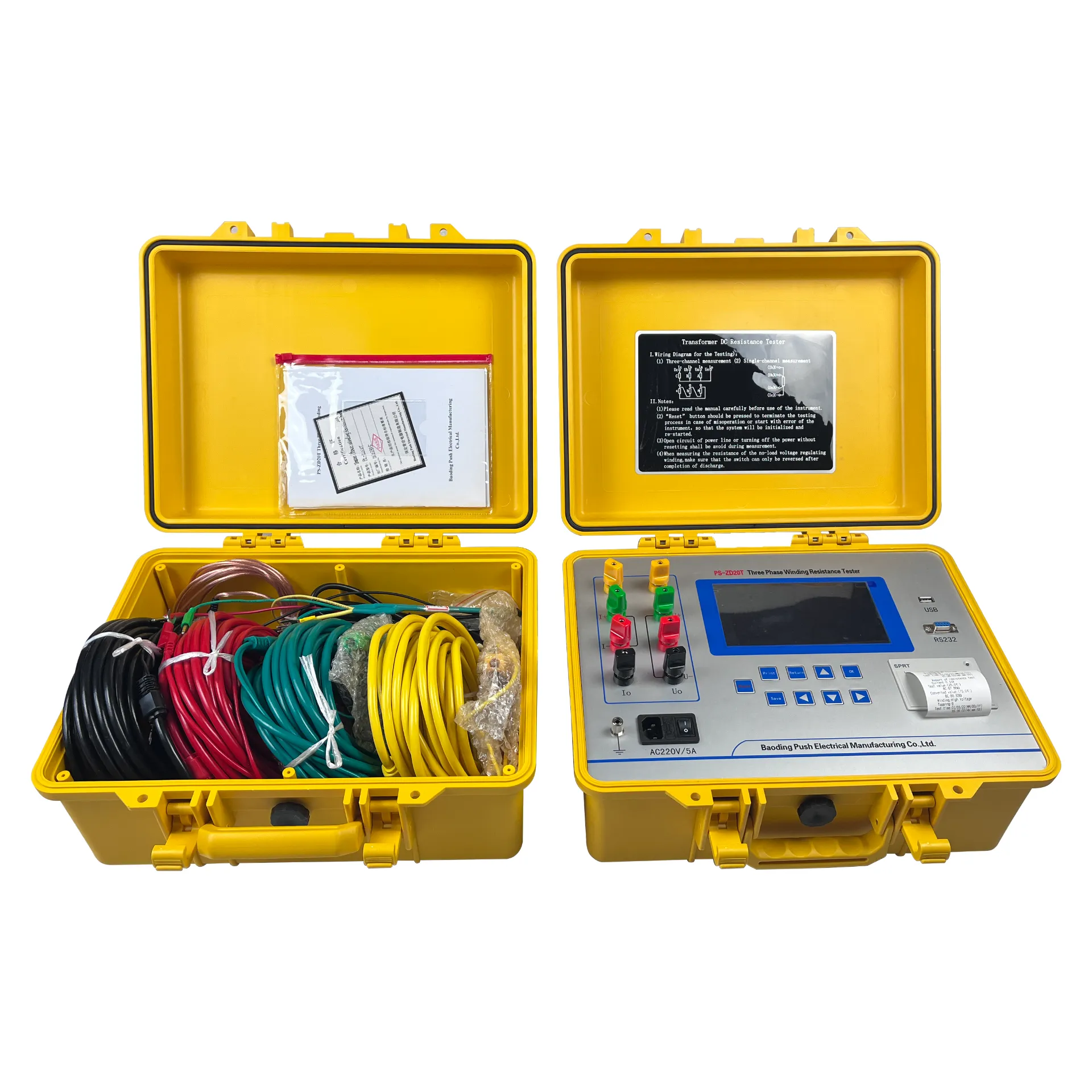 English
English


Open Cup Flash Point Testing Method for Accurate Temperature Measurements in Flammable Liquids
Understanding the Open Cup Flash Point Tester A Key Instrument in Flammability Testing
The open cup flash point tester is an essential instrument used in the field of flammability testing, particularly in the petroleum, chemical, and materials industries. This device determines the flash point of liquids, which is the lowest temperature at which a liquid produces enough vapor to ignite in the presence of an open flame. Understanding the flash point of materials is crucial for ensuring safety in handling, storage, and transportation, as it provides vital information about the flammability and potential hazards associated with a material.
Principles of Operation
The open cup flash point tester operates based on the principle of heating a liquid sample in an open cup to measure the temperature at which it emits flammable vapors. During the testing process, a specified volume of the liquid is placed in a cup that is heated gradually. An ignition source, typically a small flame or spark, is introduced at the surface of the liquid at intervals as the temperature rises. The temperature at which the liquid ignites is recorded as the flash point.
These tests are typically governed by standard procedures outlined by organizations such as ASTM (American Society for Testing and Materials) or ISO (International Organization for Standardization). These standards ensure that testing is consistent, reproducible, and reliable. The open cup method, in particular, is noteworthy because it simulates real-world conditions more accurately than closed cup tests, especially for materials that are likely to be exposed to air.
Importance of Flash Point Testing
open cup flash point tester

Testing the flash point of liquids is crucial for several reasons. Firstly, it assists in complying with various safety regulations and standards. Regulatory agencies, such as OSHA (Occupational Safety and Health Administration) and EPA (Environmental Protection Agency), impose strict guidelines regarding the handling and storage of flammable substances. Knowing the flash point helps industries make informed decisions about appropriate containment, labeling, and transportation of these materials.
Secondly, flash point data is vital for risk assessment and safety planning. In environments where flammable liquids are used, stored, or processed, knowing the flash point helps to evaluate potential fire hazards and implement necessary precautions. For example, if a liquid has a low flash point, it may require special ventilation, grounding, or other safety measures to minimize the risk of ignition.
Additionally, understanding the flash point is important during product formulation and development. Manufacturers can select materials with suitable flash points for specific applications, ensuring optimal performance without compromising safety.
Conclusion
Open cup flash point testers are indispensable tools in the industrial and laboratory settings where flammable liquids are used. By accurately determining the flash point of materials, these testers help ensure compliance with safety regulations, aid in risk assessment, and guide product formulation. As industries continue to prioritize safety and environmental responsibility, the role of the open cup flash point tester will remain vital in managing the risks associated with flammable substances. This practice not only enhances workplace safety but also contributes to broader efforts in promoting responsible handling and usage of chemicals in various applications. Ultimately, the open cup flash point tester exemplifies the intersection of technology and safety in contemporary material testing.
-
Differences between open cup flash point tester and closed cup flash point testerNewsOct.31,2024
-
The Reliable Load Tap ChangerNewsOct.23,2024
-
The Essential Guide to Hipot TestersNewsOct.23,2024
-
The Digital Insulation TesterNewsOct.23,2024
-
The Best Earth Loop Impedance Tester for SaleNewsOct.23,2024
-
Tan Delta Tester--The Essential Tool for Electrical Insulation TestingNewsOct.23,2024





